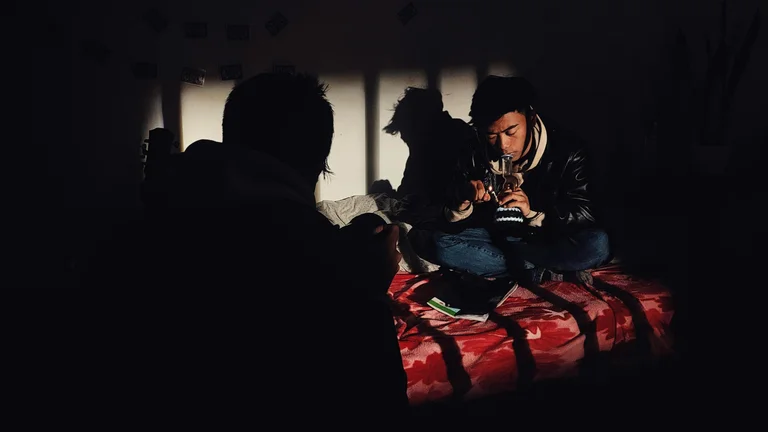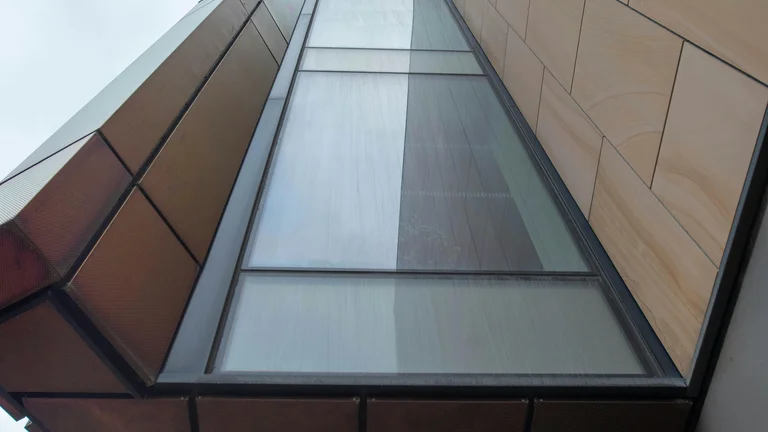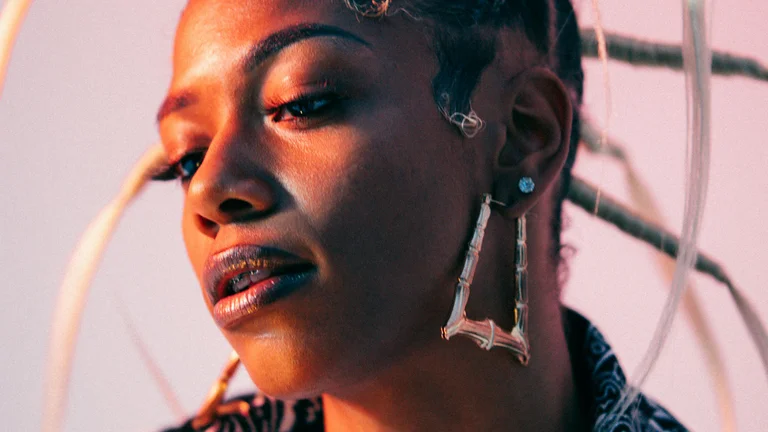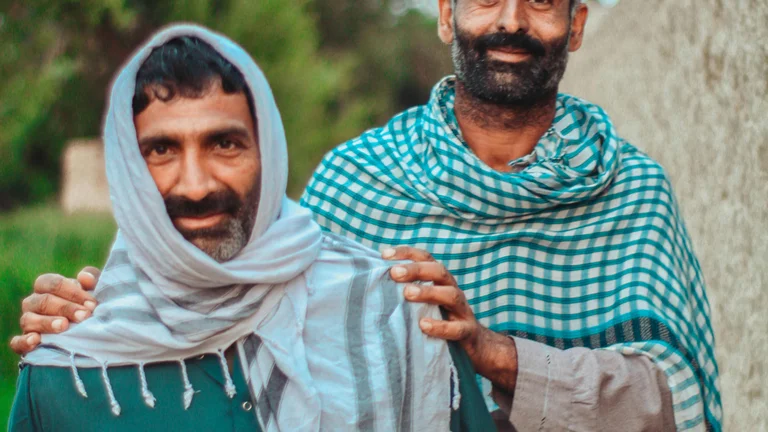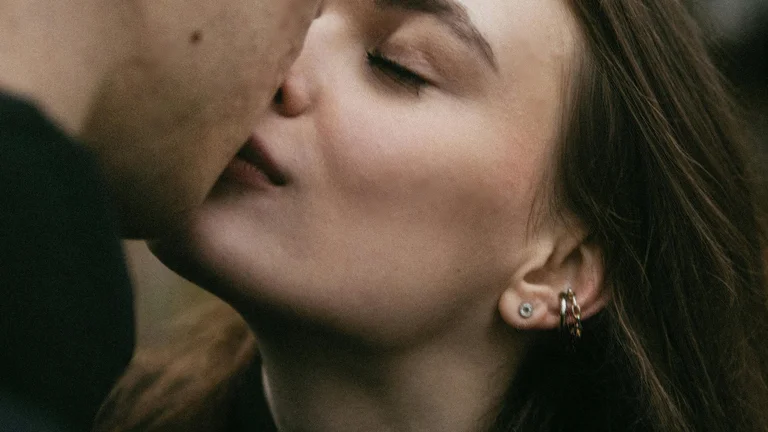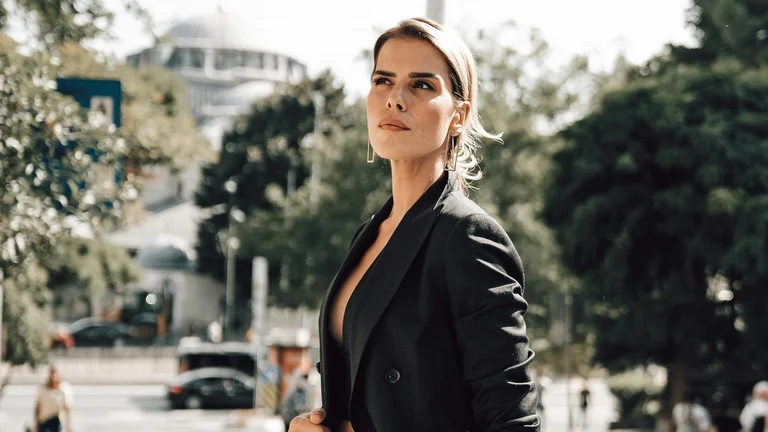The Cultural Significance of Makeover Scenes in Romantic Doramas
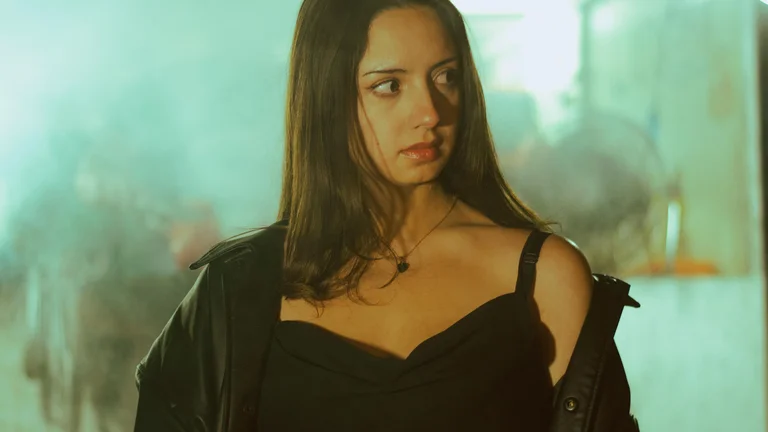
Makeover scenes in romantic doramas transcend mere physical transformation. They are emblematic of character evolution, emotional breakthroughs, and narrative pivots, shaping audience perception and deepening the viewers' connection to the storyline. Often set against the backdrop of societal expectations or personal insecurities, these scenes reveal layered interpretations of identity, self-worth, and romance. Unlike superficial changes, makeovers in romantic doramas are intricately woven with character development, symbolizing rebirths or moments of reclaiming agency.
In many East Asian cultures where these doramas originate, appearance is deeply interlinked with social acceptance and self-expression. The makeover scene therefore highlights the tension between external perceptions and internal growth. Such scenes have become iconic partly because they visually communicate abstract emotional transformations, enabling viewers to grasp the protagonist’s journey implicitly. This cultural and narrative weight gives the makeover scene a significant role in building empathy and anticipation, often culminating in the transformative moment where the character sees themselves differently and is seen differently by the love interest, which amplifies romantic tension and gratification.
The iconic nature of these scenes also resides in their stylistic execution. Directors and screenwriters use lighting, music, costume design, and framing to dramatize the change. The sequence frequently incorporates a montage, emphasizing the passage from one state to another, punctuated with expressions that capture vulnerability, hope, and newfound confidence. Makeover scenes hence not only serve story progression but also appeal aesthetically, fostering memorable and emotional cinematic moments.
Key Examples of Iconic Makeover Scenes in Romantic Doramas
Numerous romantic doramas have etched makeover scenes in the collective memory of fans. Each of these scenes serves distinct narrative purposes and reflects cultural attitudes towards identity and love. Let’s examine some cornerstone examples from popular series, analyzing their techniques and effects:
1. Boys Over Flowers (2009): Perhaps the most quintessential makeover scene in romantic doramas occurs early in this series, where the humble, awkward protagonist Geum Jan-di undergoes a dramatic makeover. Her transformation epitomizes the “ugly duckling” trope, highlighting self-confidence discovered through external presentation. The scene signifies her stepping into a new social status, inviting new romantic possibilities and altering how other characters perceive her.
2. My Love From the Star (2013): Although not a makeover in the traditional physical sense, Cheon Song-yi’s shift in attitude and style to accommodate her feelings adds layers to the concept of transformation. The nuanced changes in her makeup, hairstyle, and outfit emphasize subtlety over dramatic shifts, showcasing emotional growth and vulnerability masked by glamorous exteriors.
3. Playful Kiss (2010): The makeover scene here focuses on a blend of adorable awkwardness and gradual maturity. The protagonist’s makeover parallels her internal evolution, reflecting the acceptance of new confidence rather than complete change. This duality appeals to viewers who appreciate character consistency infused with progressive self-assurance.
Detailed Breakdown of Typical Makeover Scene Elements
Makeover scenes generally follow a structured pattern, combining several core elements that maximize emotional resonance. Understanding these components helps appreciate why these moments are culturally impactful and narratively enriching.
Step 1: Initial Appearance and Conflict Context
The scene usually starts with the protagonist in a state characterized by insecurity, invisibility, or social disadvantage. This appearance symbolizes their struggle and primes the audience for contrast.
Step 2: The Deciding Catalyst
Often, an external event or internal decision triggers the desire for transformation. This catalyst might be encouragement from friends, a romantic interest’s inadvertent remark, or a personal vow to change.
Step 3: The Makeover Process
This step is commonly presented via montages showing changes in hairstyle, makeup, and wardrobe, accompanied by music that reflects mood shifts. The progression visualizes efforts put into the makeover.
Step 4: The Reveal
The protagonist’s dramatic new look is unveiled, frequently in front of the love interest or social group. This reveal is choreographed to maximize emotional payoff, often employing slow motion or close-ups on reactions.
Step 5: Emotional Impact and Character Reaction
Following the reveal, internal reflection and external responses shape the aftermath. The makeover functions as a moment of empowerment or new beginnings.
Integrating these elements with careful pacing allows doramas to maintain suspense while deepening audience engagement with transformative arcs.
Table Comparing Makeover Scenes Across Popular Romantic Doramas
| Drama Title | Protagonist's Initial Look | Transformation Scope | Emotional Themes | Romantic Consequence |
|---|---|---|---|---|
| Boys Over Flowers | Plain, modest, socially awkward | Complete makeover: Hair, makeup, wardrobe | Self-confidence, social empowerment | Love interest notices newfound beauty, sparks romance |
| My Love From the Star | Glamorous but emotionally guarded | Subtle style evolution, refined emotional openness | Vulnerability, authenticity | Romantic tension builds through nuanced change |
| Playful Kiss | Clumsy, awkward teen | Gradual maturity in appearance and demeanor | Acceptance, growth | Mutual recognition and blossoming affection |
| Strong Woman Do Bong Soon | Casual, tomboyish | Polished yet true to character | Confidence, empowerment | Love interest respects inner strength and new look |
| Legend of the Blue Sea | Wild, unconventional | Softer, elegant, more humanized | Adaptation, healing | Romantic interest deepens due to transformation |
Psychological and Emotional Dimensions of Makeover Scenes
The power of makeover scenes extends beyond visible change. Psychologically, these moments reflect the protagonist's internal breakthroughs, coping with identity crises, and societal pressures. The makeover parallels the transition from self-doubt to self-acceptance, or sometimes self-reinvention. Emotional highs often accompany the reveal, anchored by the audience’s investment in the character’s journey.
From a psychological perspective, viewers identify with the hope and vulnerability encapsulated in these sequences. The transformation scene acts as a cathartic release — a visual metaphor for shedding doubt and embracing a new self. This process resonates universally, which partly explains the enduring popularity of makeover scenes in romantic storytelling.
Furthermore, the emotional interplay between the protagonist and their love interest during or after the makeover scene adds complexity. The eye contact, subtle expressions, and dialogue post-reveal often manifest lingering insecurities or blossoming hope, reinforcing the scene’s layered emotional texture.
Step-by-Step Guide to Crafting an Effective Makeover Scene in Doramas
For filmmakers aspiring to craft impactful makeover scenes, understanding the nuances involved enhances authenticity and audience engagement. Below is a practical guide outlining critical considerations and methods:
- Establish Context Strongly: Root the makeover in the character’s narrative arc and emotional state to avoid superficiality.
- Use Visual Symbolism: Select styles and colors that reflect inner transformation (e.g., brighter colors for confidence)
- Utilize Music Strategically: Complement the visual transformation with a soundtrack that echoes the protagonist’s emotional journey.
- Show Process, Not Just Outcome: Including makeover sequences allows viewers to witness gradual change, building anticipation.
- Highlight Interaction: Ensure the reveal triggers genuine reactions from other characters, amplifying the scene’s impact.
- Avoid Overused Tropes: Strive for originality to prevent predictability and maintain authenticity.
By following these steps carefully, creators can deliver makeover scenes that feel earned and emotionally rich rather than mere plot devices.
List of Common Makeup and Styling Techniques in Dorama Makeovers
- Simplification of hairstyle to highlight facial features
- Softening makeup to create a natural, radiant look
- Wardrobe shifts from muted to vibrant or sophisticated tones
- Use of accessories to symbolize personality shifts (e.g., glasses removed or added)
- Change in posture and body language complementing appearance
Impact of Makeover Scenes on Audience and Popular Culture
Iconic makeover scenes influence not only storytelling but also fashion and beauty trends. Fans often emulate looks from their favorite doramas, spanning makeup styles, hairstyles, and clothing. The emotional resonance of these sequences encourages identification and aspirational engagement.
Social media platforms amplify these impacts, with millions sharing screenshots, tutorials, and reviews of makeover scenes. This democratization of content increases the cultural footprint of doramas globally, expanding their reach far beyond native audiences.
Audience reception also tends to reinforce positive gender narratives when makeover scenes emphasize self-confidence without demanding conformity to unrealistic beauty standards. While some criticism exists regarding perpetuating appearance-centered validation, contemporary doramas increasingly balance physical transformation with authentic character growth.
Table Summarizing Makeover Scene Impacts in Doramas
| Impact Area | Details | Example |
|---|---|---|
| Character Development | Visual symbol for emotional growth and plot advancement | Boys Over Flowers - Jan-di's social ascent |
| Audience Engagement | Builds anticipation and emotional investment | Playful Kiss - relatable awkwardness and change |
| Fashion Influence | Popularizes styles among young viewers | My Love From the Star - dramatic cosmetics |
| Cultural Representation | Reflects societal beauty norms and challenges | Strong Woman Do Bong Soon - empowering looks |
| Romantic Narrative | Enhances romantic tension or fulfillment | Legend of the Blue Sea - mermaid’s humanization |
Challenges and Critiques Surrounding Makeover Scenes
Despite their popularity, makeover scenes face critiques concerning their possible reinforcement of superficial beauty standards and gender stereotypes. Some viewers argue that these scenes suggest worth is intrinsically tied to physical appearance, which can be problematic when overemphasized.
Others note that the trope risks simplifying character complexity by equating external beauty with internal virtue or romantic desirability. This critique encourages creators to find balance in portraying authentic transformations that reflect emotional maturity rather than mere cosmetic change.
Moreover, some doramas subvert typical makeover expectations by keeping changes subtle or focusing on self-acceptance rather than drastic external shifts. These narratives broaden the conversation about identity and beauty, challenging viewers to reconsider preconceived norms.
Future Trends in Makeover Scenes in Romantic Doramas
As storytelling evolves, makeover scenes in doramas are likely to incorporate more diverse definitions of beauty and transformation. Emphasis will grow on emotional authenticity paired with realistic styling, reflecting broader cultural shifts toward inclusivity and self-expression.
Advancements in cinematography and makeup artistry will deepen the impact of these scenes, potentially integrating digital effects that highlight internal states rather than just surface changes. The future may see increased creative experimentation using symbolism, lighting, and narrative devices to portray transformation comprehensively.
Furthermore, intersectional perspectives addressing varied body types, ethnic backgrounds, and gender expressions will enrich makeover storylines, making them relatable to broader audiences. This progression aligns with a global trend toward nuanced storytelling that respects complexity within romance narratives.
Summary of Essential Tips for Viewers and Aspiring Creators Regarding Makeover Scenes
- Viewers should appreciate makeovers within the context of character growth, not just aesthetics.
- Creators must ground makeover scenes in genuine emotional beats to avoid clichés.
- Styling should reflect personality traits to support narrative coherence.
- Incorporate reactions of other characters to heighten emotional stakes.
- Balance physical transformation with psychological depth to maintain relatability.
FAQ - Iconic Makeover Scenes in Romantic Doramas
Why are makeover scenes so popular in romantic doramas?
Makeover scenes symbolize emotional and character transformation, creating a visually impactful moment that deepens story engagement and highlights themes of self-confidence and romance.
How do makeover scenes contribute to character development?
They represent the protagonist's internal growth and self-acceptance through external changes, marking a pivotal step in their narrative journey and influencing how others perceive them.
Are makeover scenes only about physical appearance in doramas?
No, while physical changes are prominent, these scenes often convey emotional shifts, vulnerability, and newfound confidence, blending appearance with deeper psychological transformation.
What are common elements included in a makeover scene?
Typical elements include an initial state of insecurity, a decision catalyst, a montage of styling changes, the dramatic reveal, and characters’ emotional responses.
Do makeover scenes in doramas reinforce negative beauty standards?
Some critiques exist, but modern doramas increasingly emphasize authenticity and emotional depth over superficial changes, aiming to balance portrayals of beauty and character.
How do makeover scenes affect viewers outside of the storyline?
They often influence fashion and beauty trends, inspire social media engagement, and foster identification and aspiration among fans globally.
Makeover scenes in romantic doramas symbolize deep emotional and character transformations, blending physical change with narrative growth. These iconic moments enhance romantic tension and audience connection, reflecting evolving cultural values around beauty and self-acceptance within compelling storytelling frameworks.
Iconic makeover scenes in romantic doramas carry considerable narrative and cultural weight. They articulate profound moments of transformation that merge physical appearance with psychological growth. Through carefully crafted visuals and emotional nuances, these scenes extend beyond plot devices, offering viewers catharsis, inspiration, and enriched character experiences. Despite certain criticisms, their evolving portrayal reflects ongoing shifts toward authenticity and diversity in romantic storytelling, securing their place as a beloved and multifaceted trope.

